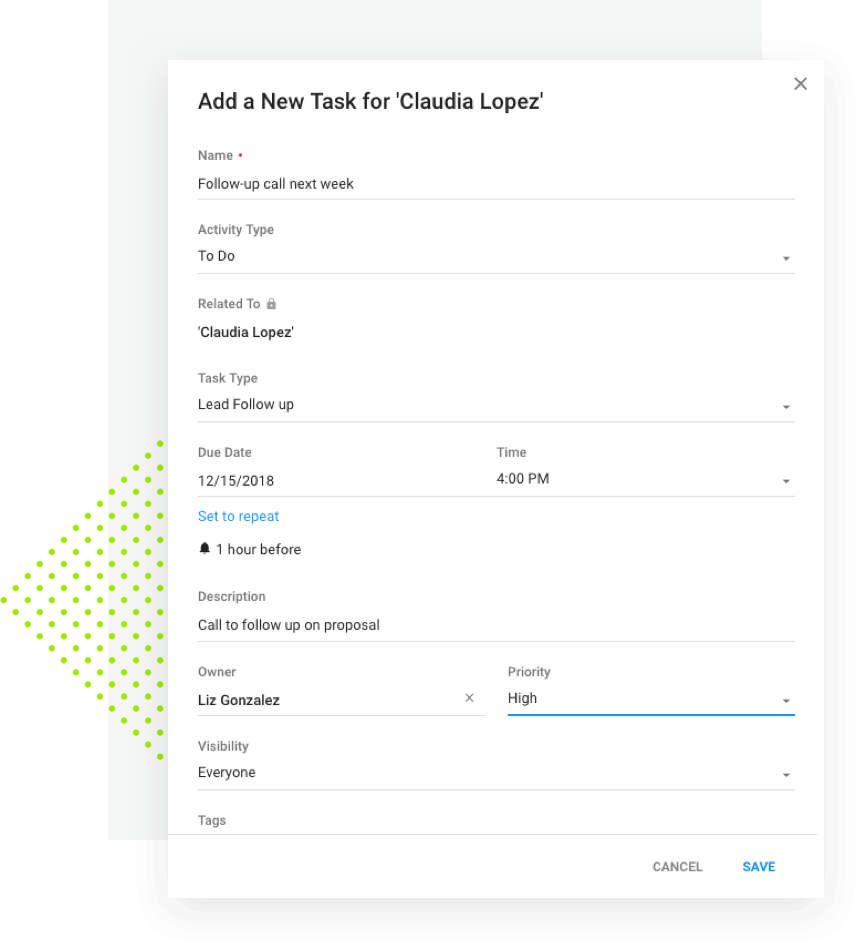Credit cards provide security, convenience, and even rewards based on spending. However, if cardholders don’t manage their cards carefully, they may find themselves facing unwanted consequences like a poor credit score or hidden fees.


Take Charge Today – August 2013 – Credit Basics. Funded by a grant from Take Charge America, Inc. To the Norton School of Family and Consumer Sciences. The Understanding Credit Cards Note Taking Guide 2.6.3.L1 is provided but not included as part of the recommended facilitation instructions or approximate time. Use actual credit card offers instead of the samples provided in the lesson. Black out any personal information. Discuss their responses.
Get to know credit cards with these 10 credit terms: Psl soccer skills videos download.
- Annual Fee – The once-a-year cost of owning a credit card. Some credit card providers offer cards with no annual fees.
- Annual Percentage Rate (APR) – The yearly interest rate charged on outstanding credit card balances.
- Balance – An amount of money. In personal banking, balance refers to the amount of money in a savings or checking account. In credit, balance refers to the amount of money owed.
- Credit Bureau – A reporting agency that collects information on consumer credit usage. There are currently three main credit bureaus in the United States: Equifax, Experian, and TransUnion. Learn more about credit bureaus at usa.gov.
- Credit Line – The maximum dollar amount that can be charged on a specific credit card account.
- Credit Rating – A financial institution's evaluation of an individual's ability to manage debt. It’s crucial to have a good credit rating if you want to borrow money or apply for a credit card or loan. Learn how to maintain a strong credit score.
- Grace Period – The period of time after a payment deadline when the borrower can pay back the borrowed money without incurring interest or a late fee.
- Introductory Rate – An interest rate offered by credit card issuers in the initial stages of a loan. These rates are often set much lower than standard rates in order to attract new cardholders. Make sure you know how long the introductory rate will last and what the standard interest rate will be once the introductory period ends.
- Minimum Payment – The minimum amount of money that you are required to pay on your credit card statement each month in order to keep the account in good standing.
- Overdraft Protection – A banking service that allows you to link your checking account to your credit card, thereby protecting you from overdraft penalties or bounced checks in the case of insufficient funds.
Pros and Cons of Credit
To make the most of your credit cards and maintain a great credit score, it’s essential to understand their pros and cons. Maximize the benefits and minimize unnecessary costs by learning about the advantages and disadvantages of credit.
Advantages
- Instant Purchasing Power – Credit can help with unexpected emergency expenses and give you the flexibility to pay them over time.
- Security – Lose cash, and it's gone. Lose a credit card, and it can be canceled with no harm done in most circumstances. Also, you need to be prompt about reporting a lost or stolen card to be protected against its unauthorized use.
- Record Keeping – Your credit card statement is an itemized list of your monthly expenditures, which can be helpful when it comes to budgeting.
- Convenience – Credit cards are more widely accepted as a form of payment than checks, and they're generally faster to use.
- Bill Consolidation – Bills can be paid automatically via credit card, consolidating several payments into a single sum.
- Rewards – Using a credit card with a rewards program may earn you benefits like free travel.
Disadvantages
The main disadvantage to credit card usage is the potential cost in interest and fees. Wise use of credit means understanding those costs and acting accordingly. Keep track of your spending to ensure that you can repay your credit card bill in full when it is due each month.
The True Cost of Credit Card Purchases
If you don't pay off your credit card balance every month, the interest assessed on your account means you may be paying more than you expect. And if you spend beyond your means, the resulting interest and debt can become significant.
See how much extra you might pay on a $1,000 credit card purchase with varying interest rates:
| Total Purchase Amount This is the balance due on your credit card | |||
|---|---|---|---|
| Credit Card APR This is the annual interest rate on your credit card. | 10% | 15% | 25% |
| Monthly Payment This includes paying just the minimum monthly payment, calculated in this example as $40. | $40 | $40 | $40 |
| Number of Months to Pay Off Purchase Amount This is how long it will take you to pay off the entire balance. | 29 | 31 | 36 |
| Total Finance Charge This is the total amount of money you will pay just in interest. | $126 | $207 | $427 |
| Total Cost This is the final amount you will pay for your purchase. | $1,126 | $1,207 | $1,427 |
Showing top 8 worksheets in the category - Credit Basics Note Taking Guide. Agenda lotus organizer portugues download.
Some of the worksheets displayed are Credit basics, Understanding credit cards, The basics of taxes, Personal financial workbook, Major expenditures, Work answer key, Introduction to credit, Introduction to investing answer key.
Once you find your worksheet, click on pop-out icon or print icon to worksheet to print or download. Worksheet will open in a new window. You can & download or print using the browser document reader options.